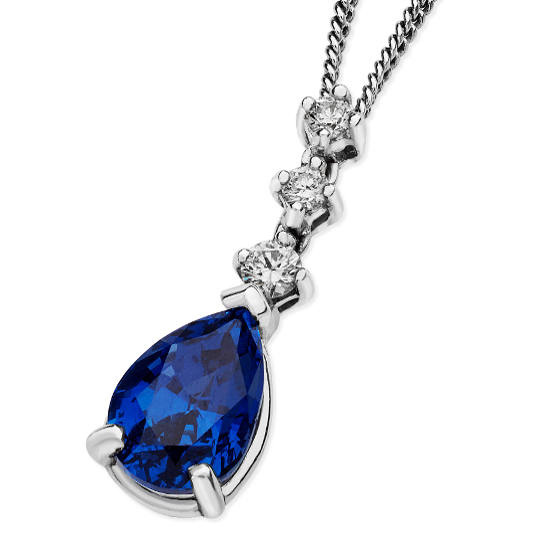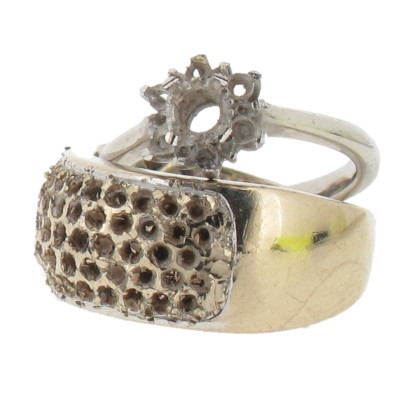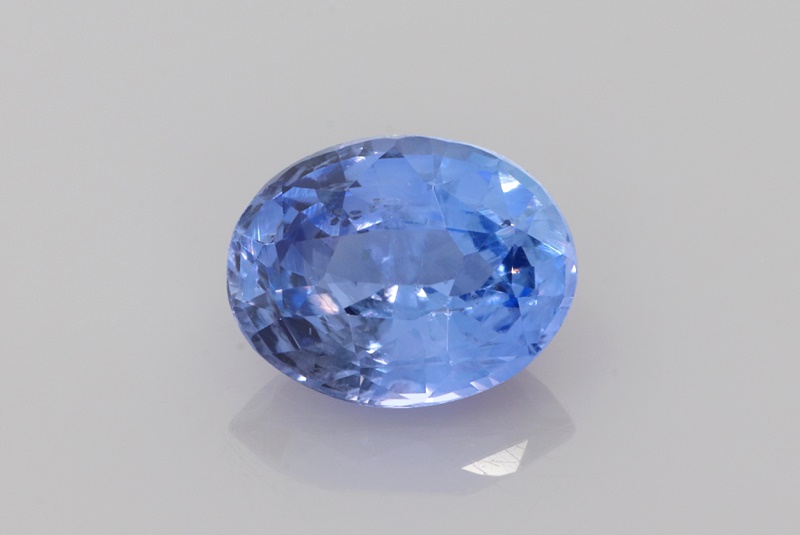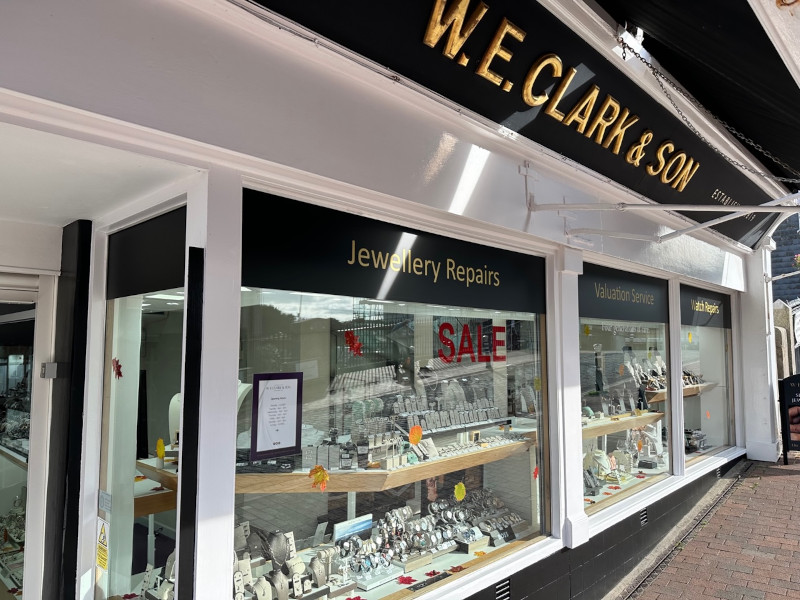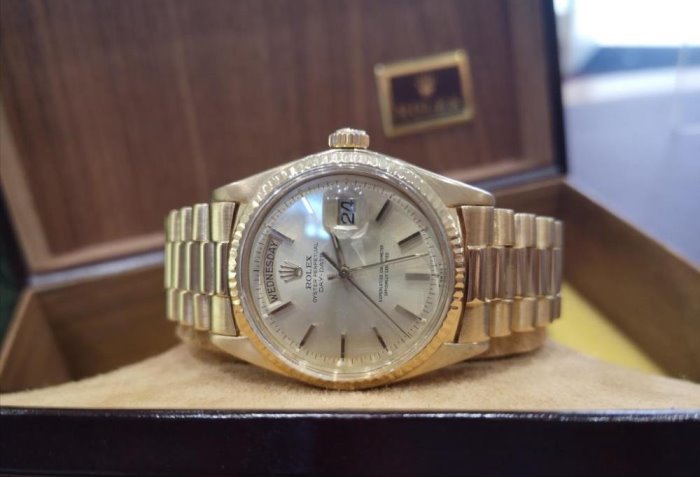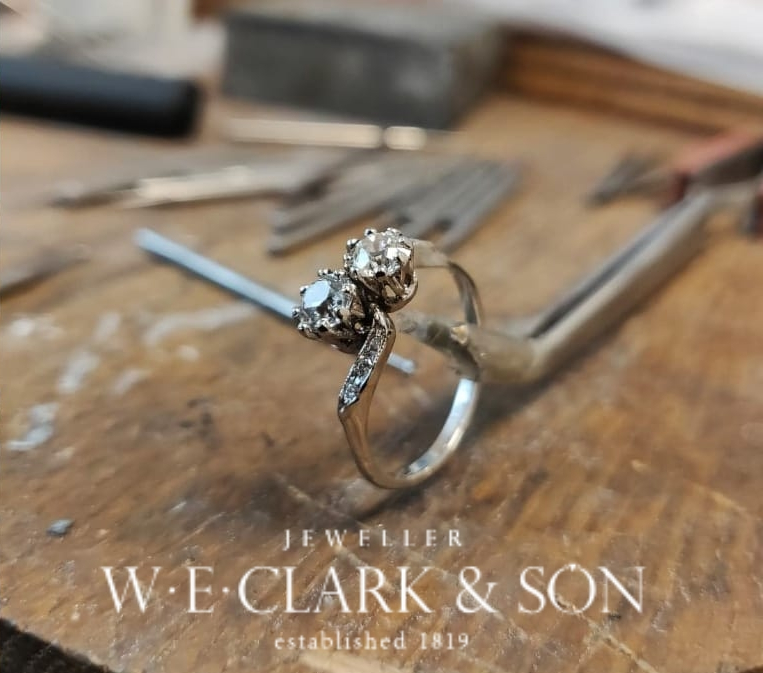What is high jewellery?
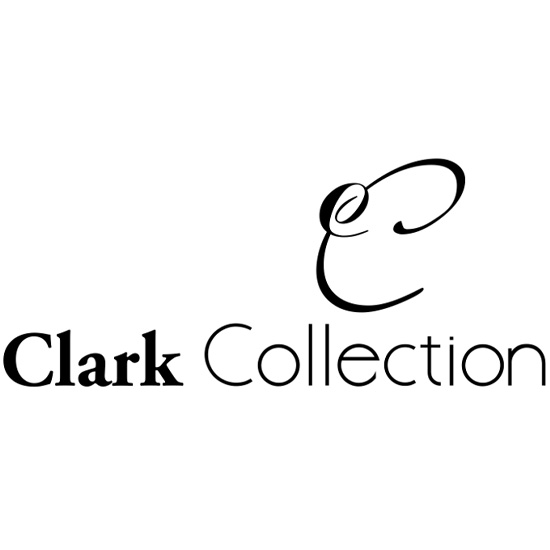
High jewellery is the talk of the town. The luxury jewellery market is growing and for the first time ever, it’s a younger crowd driving the increased interest. Shoppers born after 1980 are beginning to engage with luxury and are set to become the big-gem purchasers of tomorrow.
So, what exactly is high jewellery? There are different terms used to define a variety of jewellery types, from costume and fashion jewellery to fine or high-end jewellery. In recent years, the line that separates the different jewellery categories has become somewhat blurred.
But there is still a wide distinction between the mass-produced jewellery sold in high street fashion stores and the distinctive superior quality fine jewellery found in high-end jewellers, such as that found in our own Clark Collection.
High jewellery is a relatively new term. It is essentially akin to the haute couture of the fashion world. Before we further define it, let’s take a brief look at how jewellery has developed through history.
Jewellery – a potted history
Jewellery has been around since man’s earliest documented time on earth. Interest in personal adornment has a rich history that spans all cultures. Jewellery made from shells, stone and bone pre-dates modern man and can be traced back to pre-historic times.
It was recently uncovered that Eagle talons derived from the Neanderthal site of Krapina in Croatia were used as jewellery. The pieces were dated as having been made 135,000 years ago! It is thought early jewellery was worn as protection from danger or as a mark of status.
The ancient world discovered how to work metals. Some of the earliest known artefacts are from the Varna civilisation in Eastern Bulgaria. Gold artefacts have been discovered in graves dating back as early as 4560-4450 BC. Jewellery was thought to be buried with the dead to protect them in the afterlife.
India may have been the first country to mine for diamonds (around 300 BC). Around 1400 BC the Greeks began using gemstones in their jewellery. Over time, metalworking techniques grew in sophistication and jewellery decorations became more intricate.
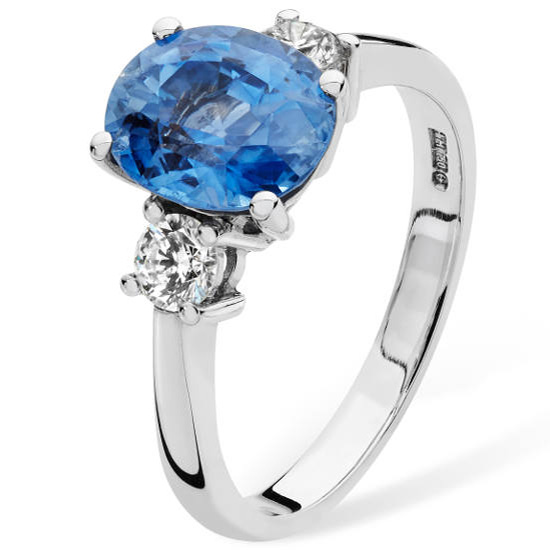
In medieval times, jewellery in Europe reflected a hierarchical and status-conscious society, with gold, silver and precious gems worn by Royalty and nobility. Colours from polished gems and enamels were highly valued.
Around the 17th century during the renaissance period, jewellery producing became more elaborate and colourful. The era saw advances in stone cutting techniques and jewellery became more widely available.
The concept of costume jewellery took off in the 18th century. It is during this time that diamond jewellery also began to grow in popularity. By the 19th century jewellery began to be mass produced, using imitation gemstones and cheaper metals, making it available to all. In 1892, Austrian jeweller Daniel Swarovski developed his own rhinestones using high-lead content glass. The resulting glass stones resembled the shimmer and shine of colourful gemstones like emeralds, rubies and sapphires.
Until the early 20th century, costume jewellery was looked down upon as only for those who couldn’t afford the jewellery made with real gemstones. However, Paris fashion designer Coco Chanel changed that, shifting tastes from delicate fine jewels to colourful statement costume pieces.
Costume jewellery designs have embraced different trends through the decades of the 20th and 21st centuries, from the Art Deco influences in the early 20th Century to post war retro and the Bauhaus movement of the 1950s.
What is high jewellery?
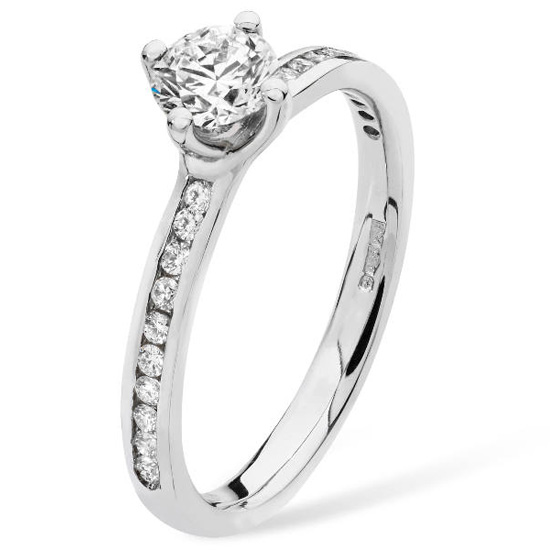
High jewellery is a distinctive form of jewellery which could be described as fine jewellery with the decadent design art of costume jewellery. The distinction between high jewellery and costume jewellery is in the quality and the price tag. High jewellery is exceptional to look at, is made with gemstones of superior quality and has a price tag to match.
The difference between fine jewellery and high jewellery essentially comes down to ‘high’ being synonymous with rare. High jewellery pieces are the ones most humble folk dare not glance at – the price tag will likely be into the tens of thousands of pounds.
High jewellery items are the masterpieces of the jewellery industry incorporating the finest authentic gemstones and flawless craftsmanship. High jewellery is captivating, innovative and brings to the fore truly breathtaking designs. Think of jewellery on the Paris catwalks by the likes of Boucheron, Chanel, Dior, Cartier and Chaumet and you get the picture.
High jewellery pieces are stunning, one-of-a-kind creations showcasing luxurious gemstones and wow-factor details. Simply put, high jewellery turns heads.
This type of jewellery represents the masterpieces in a jewellery collection. The essence of high jewellery is in the intricate detailing not visible to the untrained eye. These are quite simply works of art.
At W.E. Clark we have been commissioned to make a number of bespoke pieces of high jewellery using very rare stones. We love to make striking pieces of jewellery that can be handed down to the next generation and we are really proud of the fine pieces we make.
